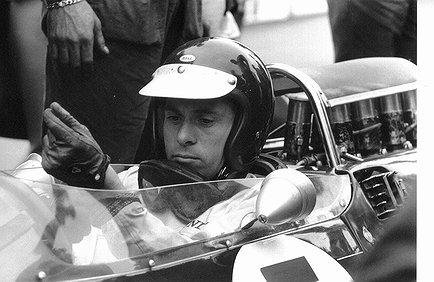By Marye Audet (edited by l’art et l’automobile)
 |
| Automobile Club du Forez member’s badge, France |
Whether you are looking for antique auto badges or classic car emblems the Internet, especially l'art et l'automobile, has almost anything you could want.
What Are Antique Auto Badges?Cars have always been a status symbol. In the earliest days of automobile history the auto was a luxury item that was owned only by the wealthy. These early cars may have been mechanically primitive compared to what rolls off the assembly line today but they were imbued with luxurious detail. Materials like mahogany, leather, and other expensive items embellished the cars.One of the embellishments that nearly every automobile boasted was an emblem. These beautifully designed manufacturer's nameplates could be found almost anywhere on the car. Often they were on the radiator shell. The shapes, colors, and design became a signature item, unique to each individual manufacturer.
Materials
The badges were made of cast metal that was then enameled by coating it in porcelain or glass. This process is called champlevé. A copper base is first stamped and then etched with the design. Once this is done the recessed areas in the design are filled with powdered glass and baked. When cooled the emblem is chrome plated and buffed. In the late 1940s manufacturers began to work with plastic. Some badges that you will find after this point will be made of plastic or a combination.Collectors search for these badges based on several criteria:
- Personal preference
- Rarity
- Beauty
- Historical significance
Why Collect Auto Badges?
There are numerous reasons why someone might want to collect automobile badges. They are certainly beautiful, as well as being an interesting part of history.Collections
There are those who collect the badges purely for their beauty. The bright colors and variety of designs makes antique auto emblems a wonderful display item in almost any den or game room. They are, after all pieces of art.
Restoring Antique Cars
If you are an antique or vintage car enthusiast then you may collect emblems as part of your restoration hobby. Having an authentic badge puts the finishing touch on your antique car. It signals to everyone who sees it that your car is an authentic classic. A badge will usually increase the value of your restoration.
Auto Emblem Designs
Each design is different. Some are the name of the company in script while others are symbols or coats of arms. While there are too many to list each of them, following is a description of some of these badges. A good guide to car emblems should be a great help to any collector.- 1920s Buick - This is blue and white with Buick written in script diagonally across the emblem.
- 1920s Oldsmobile - A gold and maroon shield with Oldsmobile written diagonally across the shield.
- 1930s Dodge Brothers - This shield with wings has a Star of David in the center and Dodge Brothers written around the edge.
- 1949 Lincoln - This is a shield that is divided into four parts by a burgundy cross. There is a sunburst in the middle of the cross and the bust of a knight on the top.
- Automobile Club du Forez member’s badge, France - This badge shows a yellow dolphin on a red shield against a spoked wheel
Where to Find Badges
You can find old auto badges in many places. Old car junkyards are a prime place for finding the emblems inexpensively. Other places to check are:- Yard sales
- Flea markets, Antique shops or Thrift stores
- eBay
- Collector's swap meets
- l’art et l’automobile’s Badge Collection of Course!
Caring for Your Antique Emblem
Emblems are relatively simple to care for. Just wash them gently in a mild detergent; whatever you would normally use to wash your car. Use a small, soft brush like a toothbrush to get dirt out of the grooves. Finish by waxing the emblem with non-polishing automotive wax.If you are displaying them in a group, use the same precautions that you would with any other antique.
- Keep them away from direct sunlight.
- Keep them away from heat and humidity
- Keep them safe from possible damage from being played with
We here at l’art et l’automobile are huge proponents of the information detailed in this article, and have already begun a collection, one that you can take advantage of by adding to your collection. We have collected numerous examples of factory and auto club badges and present them to you, the collector. These badges were created to ornate the front grill, license plates, or mounted on a bar to the front or rear bumpers, to the taste of the automobile owner. Some were even mounted on the dashboard.
The ones we are presenting here are from the beginning of the automobile era, before being replaced by decals and stickers in the 1980's.
Feel free to tour the collection here! If you decide to not put them on your car, you can also display them in your garage one by one or in a frame as they are very decorative, historic and well-designed.
Owner
l’art et l’automobile







